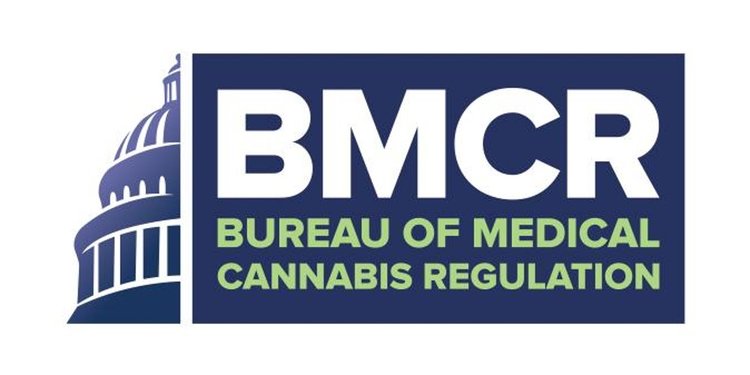California Releases Draft Medical Cannabis Regulations

Last week, Governor Brown’s Administration released a set of proposed rules for the medical cannabis, attempting to provide some oversight to the once unregulated market. In 2015, the governor signed three bills into law that established a regulatory framework via the Medical Cannabis Regulation and Safety Act. That legislation set up the Bureau of Medical Cannabis Regulation inside the Department of Consumer Affairs as the overseeing regulatory agency.
According to the press release, the proposed regulations for manufacturing and cultivation have also been published. “The proposed licensing regulations for medical cannabis are the result of countless hours of research, stakeholder outreach, informational sessions and pre-regulatory meetings all across the state,” says Lori Ajax, chief of the Bureau of Medical Cannabis Regulation. “And while we have done quite a bit of work and heard from thousands of people, there is still so much more to do. In order to make our program successful we still need your feedback.”
Among the proposed rules are a number of regulatory compliance nuances expected to raise prices, but provide extra measures to protect consumer safety. According to the SF Gate, regulators expect prices could climb $524 per pound. But with that price jump comes a lot of regulations that other states have so far successfully implemented. The laboratory testing and traceability stipulations are presumably designed to safeguard public health, preventing things like black market diversion and off-label pesticide use.
In addition to the medical regulations, the proposed manufacturing regulations set some notable requirements. Those rules are set by the Office of Manufactured Cannabis Safety, established in the Center for Environmental Health of the California Department of Public Health (CDPH) after the 2015 legislation was signed into law. Good Manufacturing Practices, food product standards, operational and labeling requirements are included in the provisions, along with a list of licensing tiers, application requirements and fees. They have a handy summary of the proposed regulations for those looking for the key highlights.
Omar Figueroa, an attorney with a cannabis law practice in California, says his clients in the industry are preparing to suggest changes to the proposed regulations and possibly legal challenges. “They are looking at this as overregulation by people that are not in the cannabis industry,” says Figueroa. “These are outsiders with a limited knowledge base creating somewhat uninformed regulations.” He says a good example of this is the potency limit on infused products. “They make perfect sense for [the recreational market] but for the medical market it is simply unacceptable. Patients develop a tolerance to THC and would have to increase their caloric intake and buy more infused products if this proposed regulation becomes final.” He says there are a number of regulations that seem kind of arbitrary. “Like prohibiting cannabis-infused caffeine products; there doesn’t seem to be a necessity in the rulemaking for this,” says Figueroa. “A lot of these regulations are going to be susceptible to challenges because California requires regulations to be necessary and alternatives to be considered.”
Although the lab testing regulations won’t be published for another few days, Figueroa expects them to be a huge disruptor for the market. “Most labs in the state are not ISO 17025-accredited, which means many labs might not be able to issue certificates of analysis when the regulations get enforced,” says Figueroa. He says it is safe to say California regulators are looking at other jurisdictions, like Colorado and Oregon for example, in crafting these rules, but we can expect a sea change in these regulations before they get enforced.
Manufacturers will be required to use a cannabis product symbol with a ‘THC!’ marking on their labels. There is also a 100-milligrams-per-package limit for THC in infused products, which is similar to rules we saw Colorado and Oregon roll out during a preliminary period of legal recreational cannabis.
For those looking to get involved in the regulatory process, there is a 45-day comment period on the proposed rules.